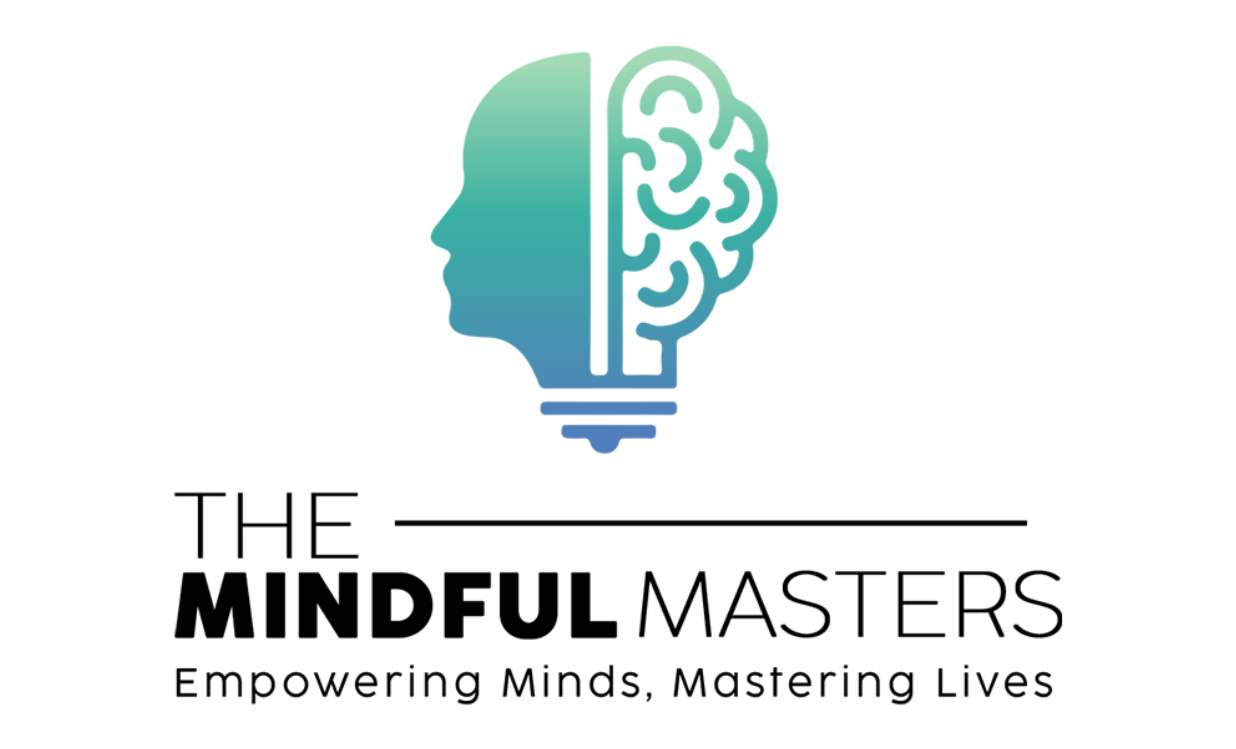Table of Contents
Your continued support and interest in exploring the realm of mindfulness at the workplace motivate me to explore deeper into this subject and share more valuable insights. I am immensely grateful to each and every one of you for being a part of this incredible journey.
Please feel free to share your thoughts, questions, or suggestions regarding mindfulness or any other topic you would like me to address in the upcoming newsletters. Your input is highly valuable to me and helps me cater to your specific needs and interests. I hope this newsletter finds you in good spirits and thriving in your professional journeys.
Today, I want to explore into the invaluable skill of resilience and its remarkable impact on our lives, particularly in the workplace. In the face of challenges, setbacks, and uncertainty, resilience empowers individuals and teams to persevere, adapt, and thrive. It is the key to not only surviving but thriving amidst the dynamic and ever-evolving landscape of the modern workplace.
Let’s dive into the benefits of resilience in the workplace through a series of relatable office situations:
1. Embracing Change
Imagine you work for a tech startup that has recently undergone a significant shift in its business strategy. The company has decided to pivot its focus from developing hardware products to providing software solutions. This strategic change brings about a wave of adjustments throughout the organization, including restructuring teams, acquiring new skills, and transitioning to different roles.
Now, let’s explore two different responses to this change and their impact on resilience:
One employee, let’s call her Sarah, is resistant to the change. She clings to her familiarity with the hardware-focused work and resents the new direction of the company. Sarah becomes disengaged, lacks motivation, and struggles to adapt to her new responsibilities. She resists learning the necessary software skills, harboring a fixed mindset that inhibits her professional growth. Sarah’s resistance prevents her from fully embracing the change and developing the resilience needed to thrive in the evolving workplace landscape.
On the other hand, another employee, let’s name him Mustafa, embraces the change with an open mind and a growth mindset. Recognizing the opportunity for personal and professional development, Alex takes proactive steps to acquire the new software skills required in his role. He seeks out learning opportunities, attends training sessions, and collaborates with colleagues who possess relevant expertise. Alex maintains a positive attitude, viewing the change as a chance to expand his skill set and contribute to the company’s success. His resilience shines through as he adapts swiftly, maintains productivity, and embraces new challenges with enthusiasm.
In this scenario, it is evident that embracing change is a crucial ingredient for building resilience at the workplace. By accepting and adapting to change, individuals like Alex harness the power of resilience, experiencing the following benefits:
As Charles Darwin once wisely said, “It is not the strongest of the species that survives, nor the most intelligent that survives. It is the one that is most adaptable to change.”
2. Bouncing Back from Failure
Failure is another stepping stone to greatness.
Oprah Winfrey
In this challenging situation, let’s examine two different responses to failure and their impact on resilience:
One response may be to succumb to failure, let’s call it the “defeated” mindset. In this scenario, team members become disheartened, pointing fingers and placing blame. The focus shifts to dwelling on the mistakes made, leading to a loss of motivation and a lack of belief in future success. This defeated mindset stifles resilience, hindering the team’s ability to bounce back and move forward.
The other response, the “resilient” mindset, involves bouncing back from failure with determination and a growth mindset. Rather than dwelling on what went wrong, the team takes a proactive approach to learn from the experience. They conduct a thorough post-mortem analysis, seeking insights into the factors that led to the unsatisfactory launch. With a focus on continuous improvement, the team identifies key areas for refinement and formulates an action plan to address them. They view failure as a stepping stone to success, leveraging the lessons learned to identify and improve their approach. This resilient mindset fuels the team forward, fostering adaptability, innovation, and ultimately, success.
I have not failed. I've just found 10,000 ways that won't work.
Thomas Edison
3. Navigating High-Stress Environments
Imagine you work for a global marketing agency, and you find yourself in the midst of a high-stakes project with tight deadlines, demanding clients, and a multitude of responsibilities. The pressure is immense, and stress levels are running high among team members.
In this challenging situation, let’s examine two different approaches to navigating the high-stress environment and their impact on resilience:
One response may be submitting to stress, leading to the “overwhelmed” mindset. In this scenario, individuals become consumed by the pressure, experiencing heightened anxiety, burnout, and a sense of being overwhelmed. This overwhelmed mindset can lead to decreased productivity, strained relationships, and a compromised ability to cope effectively with the demands of the project. Submitting to stress hinders resilience, making it difficult to bounce back and perform at one’s best.
The alternative approach involves embracing resilience in high-stress environments, leading to the “adaptive” mindset. Individuals with an adaptive mindset recognize the challenging nature of the situation but choose to respond proactively and constructively. They employ various strategies to manage stress and maintain their well-being, such as practicing self-care, setting boundaries, and seeking support from colleagues or mentors. They remain focused on the task at hand, breaking it down into manageable parts and prioritizing effectively. This adaptive mindset allows individuals to navigate the high-stress environment with grace, resilience, and a sense of control.
When everything seems to be going against you, remember that the airplane takes off against the wind, not with it.
Henry Ford
Embrace change, embrace resilience, and unlock your true potential in the dynamic world of work.
Thank you once again for your unwavering support and inspiring presence. Together, let us continue to cultivate mindfulness, resilience, and personal growth in the workplace and beyond.
With heartfelt gratitude,
Tapan Gupta

About the Author
Tapan Gupta is a Master Coach and the founder of The Mindful Masters. With a deep understanding of mindfulness, emotional intelligence, and personal growth, Tapan has guided countless individuals on their journey to self-discovery and transformation. His approach is rooted in practical mindfulness techniques that empower his clients to overcome challenges and achieve their fullest potential.

About the Author
Tapan Gupta is a Master Coach and the founder of The Mindful Masters. With a deep understanding of mindfulness, emotional intelligence, and personal growth, Tapan has guided countless individuals on their journey to self-discovery and transformation. His approach is rooted in practical mindfulness techniques that empower his clients to overcome challenges and achieve their fullest potential.
Find me on:
Related Blogs
Before That Interview or Date, Talk to Yourself Like This
The way you talk to yourself before important moments like interviews or dates can make a huge difference in how…
Scrolling Too Much? Mindfulness Might Be Your Exit Plan
Endless scrolling through social media might feel like a harmless way to pass time but it actually takes a heavy…
Your Emotions Are Costing You Energy—Here’s How to Handle Them
Emotions like stress, anger and anxiety can quietly drain your mental and physical energy without you even noticing. When emotions…
Tired of Overthinking Everything? Try These NLP Mind Hacks
Overthinking isn’t just a habit as it’s a mental loop that hijacks your peace. Whether it’s replaying awkward conversations, doubting…
What Self-Coaching Really Means (And Why It Matters)
Sometimes, even when you’re putting in all your effort, you still feel stuck — and that’s okay. As a coach,…
Ask These 5 Questions Before Making Decisions: A Guide to Clarity and Confidence
Before making any significant decision, ask these five essential questions to ensure your choices align with your values and long-term…





